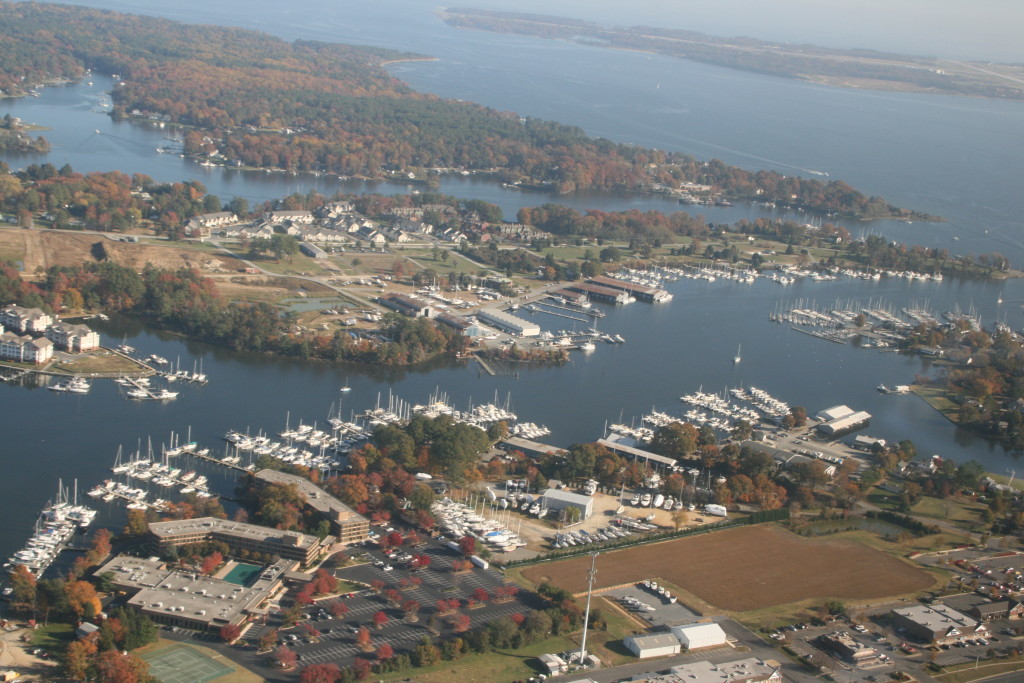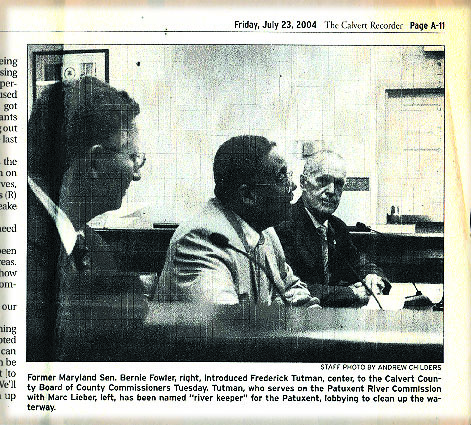Bay Program
Code red: for the Chesapeake Bay
In December 1983, 35 years ago, the bay states and EPA solemnly pledged to restore the bay in signing the first Bay Agreement. President Ronald Reagan budgeted $40 million for the new Bay Program over four years and said in his 1984 State of the Union that: “We will begin the long, necessary effort to clean up a productive recreational area and a special national resource — the Chesapeake Bay.”
These lofty expectations may be crushed…
The Only State River Commission in Maryland Just Blinked!
Now we have been given a legal opinion* from the Secretary of the State Planning agency that by statute is charged with staffing and assisting the Commission that says we cannot comment on a really ridiculously bad townhouse development project being planned next to the river…
Read MoreDraft of new Bay agreement undermines cleanup
Our group found serious shortcomings in the draft of the first Bay agreement in 14 years, the first after the mandatory adoption of the pollution diet under the Chesapeake Bay Total Maximum Daily Load and state watershed implementation plans. We fear the current draft may undermine, not advance, Bay cleanup efforts.
Read MoreAg Certainty: Making Certain that the Bay Remains Polluted
With Ag Certainty, we’ve just thrown a “critical” part of the TMDL out the window; the only real “certainty” that remains is that we’ll all be sitting down in 2025 again and try to come up with the next, great plan to clean up the Bay.
Read MoreThe Fictional War on Family Farmers
One reality is that nobody wants families to be forced to stop farming. A second widely-understood reality is that the single greatest force driving farm families away from their traditional lives is the ever-growing domination of food production by huge companies like Perdue, Inc.
Read MoreWeak Regulation of Manure Proposed
(Posted by Gerald Winegrad)
The Maryland Department of Agriculture announced the development of weakened proposed regulations that are well short of the positions advocated by the Senior Scientists and Policymakers for the Bay to address the pollution from millions of tons of chicken and other farm animal manure that is poisoning ground and surface waters. Some key elements of the proposals don’t even go into effect until 2016, allowing four more years to do just some of what has been required for land application of treated human sludge since 1985!
Read More
